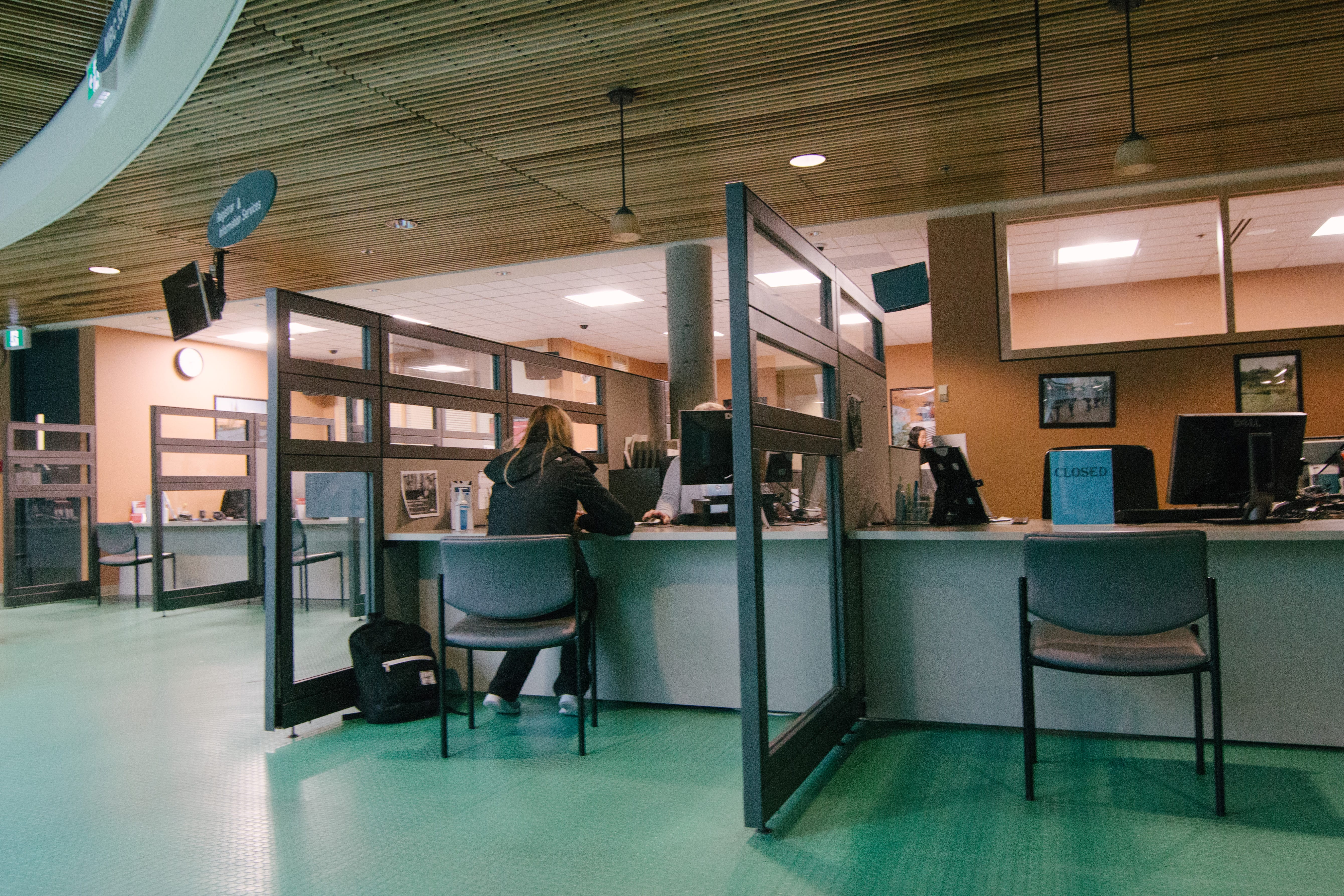Simon Fraser University is proposing another increase in student tuition and fees come fall 2018.
The administration held a student consultation on October 27 regarding the university’s budget for the 2018–19 fiscal year. According to the budget proposal, there will be a general fee increase of two per cent on all tuition and student fees, with an additional two per cent increase specifically for international undergraduate students.
“For a number of years, we’ve had our domestic tuition levels capped at a two per cent increase level,” said Martin Pochurko, vice-president of finance. “This year is no different.”
The university has been raising undergraduate tuition by two per cent each year since 2005 when the provincial government placed a cap on increases for domestic students. This year, the tuition increase for existing international students was four per cent, but new incoming international students saw a 10 per cent increase over the previous year.
According to vice-president academic Peter Keller, SFU and many other post-secondary institutions in the province are becoming more reliant on student tuition for their revenue. The university’s revenue from tuition amounted to 36 per cent, while the provincial government contributed 31 per cent in funding, according to the 2017 annual financial report.
Alison Blair, associate vice-president of finance, explained that it is necessary to implement the tuition increase to balance the university’s budget, during an interview with The Peak.
The price of scientific equipment used at the institution has increased exponentially over the years, and library purchases in US dollars have added extra costs for the university, explained Blair.
Blair also clarified that international students will see higher tuition rates in the coming year because the university does not receive subsidies for them by the provincial government and their families have not contributed taxes towards the university infrastructure.
However, the university will add more support and services for international students by allocating 25 per cent of the “international undergraduate tuition revenue beyond the general fee increase,” as outlined in its latest proposal.
According to Blair, the university has increased mental health and counselling services for international students as well as increased advising and co-op services, and engagement programming.
“Generally, over the past five years, from 2013–14 to 2017–18, we’ve received approximately $5.8 million from international student tuition and 60 per cent of that funding would go to student awards,” she said, regarding the portion of revenue allocated to student support.
The fee increases, however, will not double the general fee increase over the course of five years after a student is admitted to the university.
“If we were to increase international student [tuition], say in [2019] . . . hypothetically . . . those new students coming in, brand new students, would be the ones that [see] the increase of the fee. [International] students already in the system would be grandfathered at four per cent,” explained Blair.
Hangue Kim, president of the Simon Fraser Student Society, asked university administrators during the consultation session about how current engagement expenditures address the non-academic events that are happening on campus. Pochurko responded by saying, “There is currently a project called student engagement which [Peter Keller] is overseeing and we have significant financial resources put into that project.”
Moreover, Kim asked about the university’s overall contribution to mental health, to which Pochurko replied, “It’s certainly a priority for the university.”
The Graduate Student Society director of university relations Chantal Turpin also asked about the current ratio of faculty to graduate students because the challenges of finding a suitable supervisor for graduate students can delay the completion of their degrees.
Keller responded by noting that the ratio can vary between academic units depending on resources available.
“I think we shouldn’t assume that there’s a magic number of [graduate students],” he said, adding that there are many of factors to consider around the faculty-student ratio.
SFU departments will be able to enter their budgets into the system starting on November 22, 2017 until January 15, 2018. The university will present the final budget to the Board of Governors in the spring.


[…] Download Image More @ the-peak.ca […]
[…] SFU administration has been very consistent for years in claiming that tuition and fee hikes are necessary to maintain a balanced budget, rarely deviating from this […]